I don't have a side as both arguments make sence to me
I found instruction that said the oposite of what your did. So I don't know what the **** to belive:rofl:
read me the instructions ver batim.
I don't have a side as both arguments make sence to me
I found instruction that said the oposite of what your did. So I don't know what the **** to belive:rofl:
Ok. I'll run back out to the shop and torque a bolt with and without an extension. Give me a minute.
in english please?
did you mean to say "I know plenty of ME's that know more than you"???
or "I know plenty more ME's than you know"
in english please?
did you mean to say "I know plenty of ME's that know more than you"???
or "I know plenty more ME's than you know"
read me the instructions ver batim.
nvmind Im stupid, I didnt read it correctly, sorry paul.:
Extensions SHOULD NOT BE USED under any circumstances. Their use will result in erroneous torque readings.
my bets are that they are refering to an extension as a crowsfoot etc not the type of extension we are using.
a crows foot extends the center to center distance of the fastener being torqued so its far from accurate unless you calculate the advantage of the extra length.
I just went out and torqued one of the side bolts on my main caps. I used a 6" extension and torqued it to 86 lb ft. I then removed the extension and the torque wrench clicked without the bolt turning at all.
I do have a 1/2 to 3/8 drive adapter, but it is broken right now...do you have any adapters so that you could use 3/8" extensions with your wrench that have some twist to them.... maybe like 18" long extension...
just want to prove this with the worst case scenario.... even though some of the engineer's be trade will continue to argue it forever....
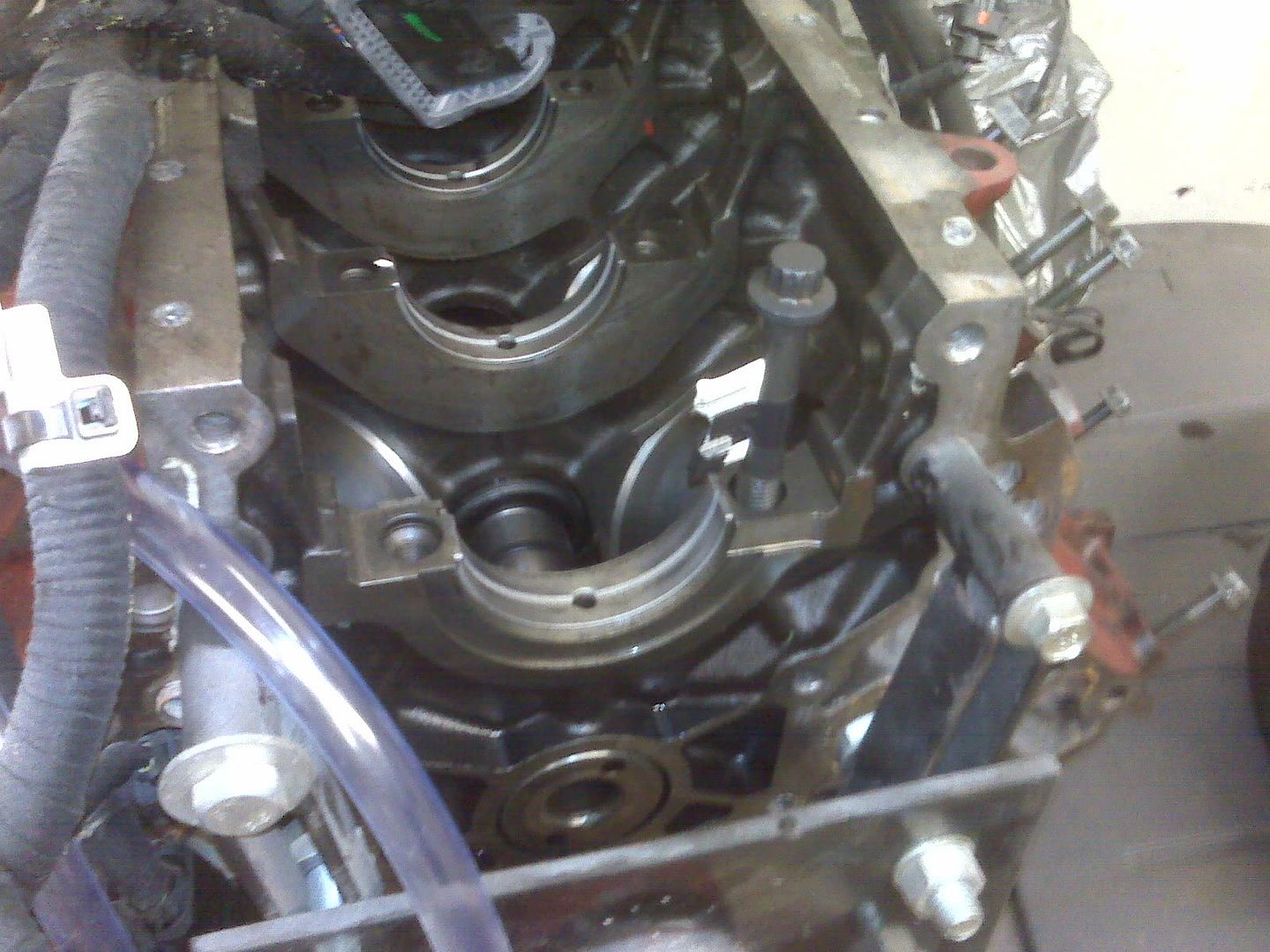
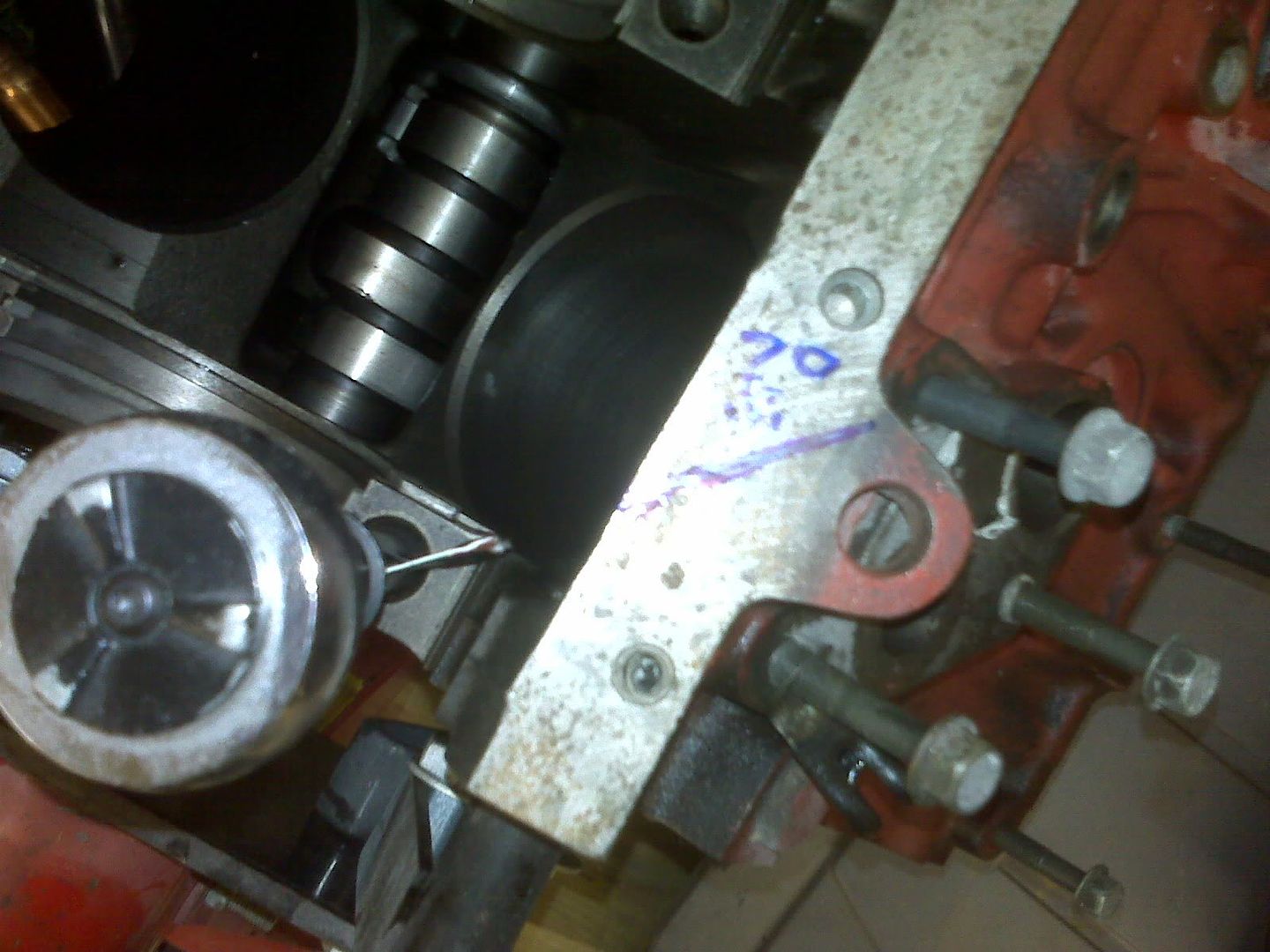
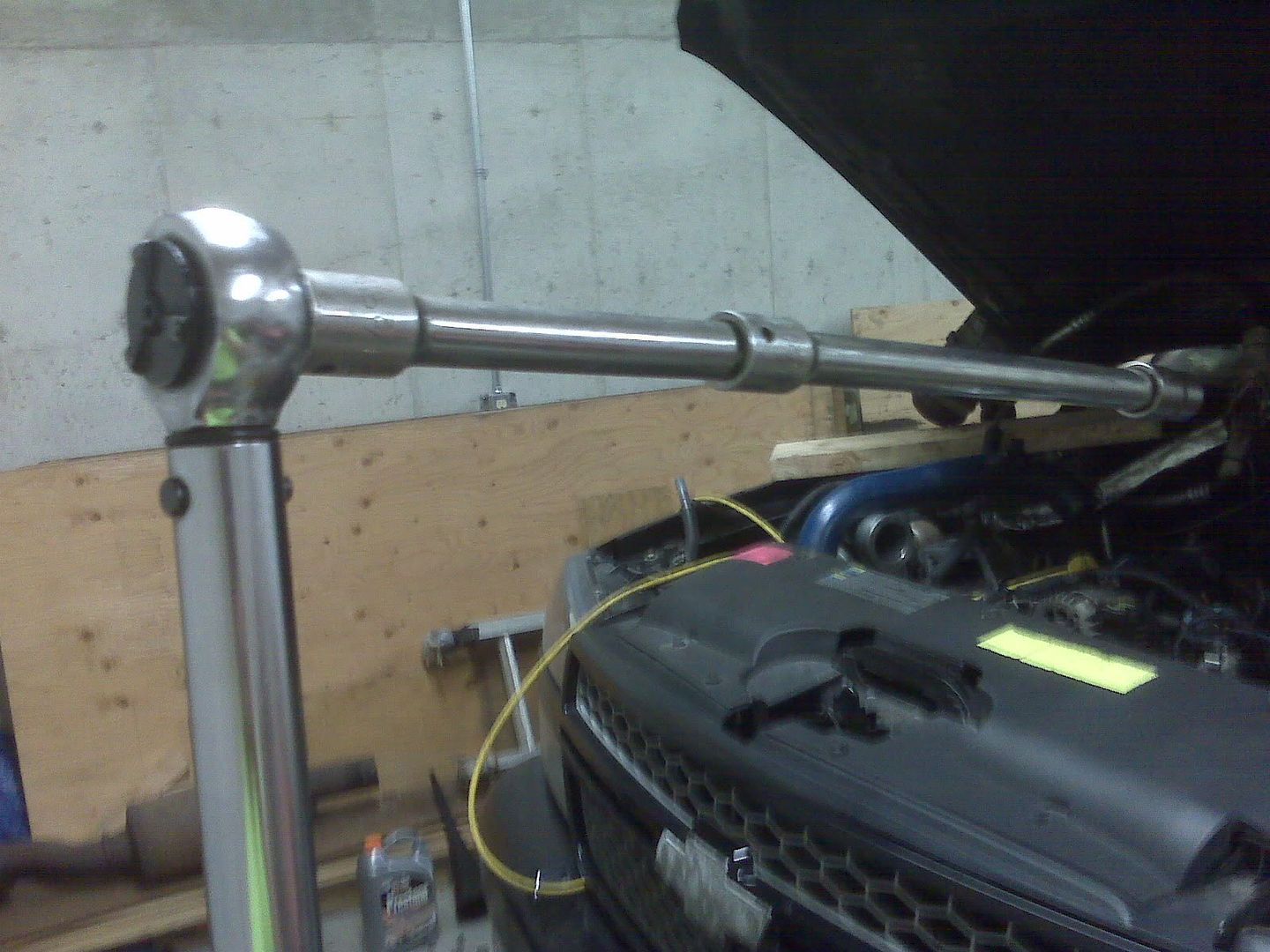
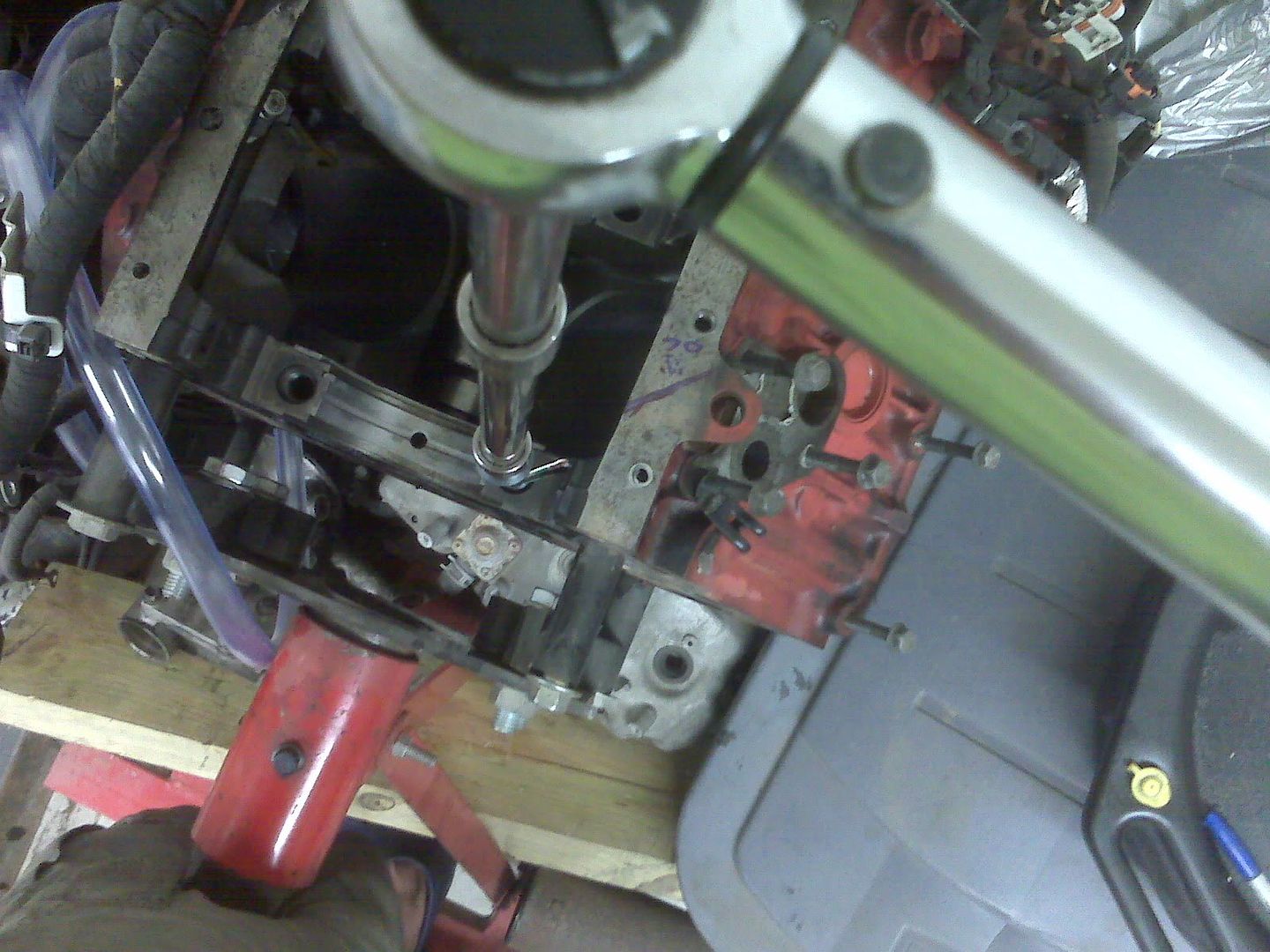
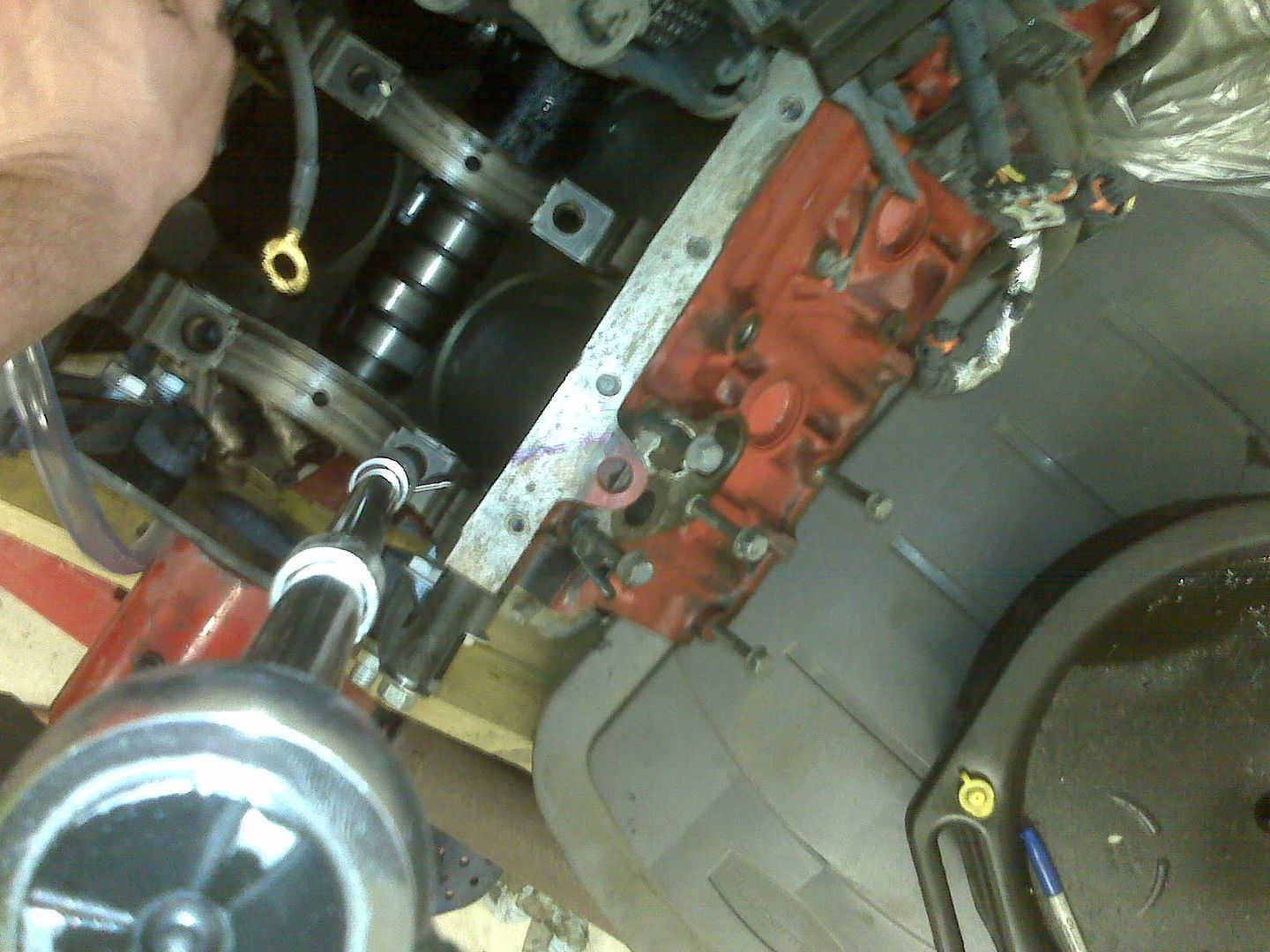
Someone reading this must a have a tq wrench and a few extra min
I just tried it with about 8 extensions even one with a wobble on it and Tourqued a bolt to 20ft/lbs.
The tq was the same,When I tried it.
Still being a stubborn man I will avoid useing extensions when TQing
You guys need to really chill out its just a disscussion:happy2:

